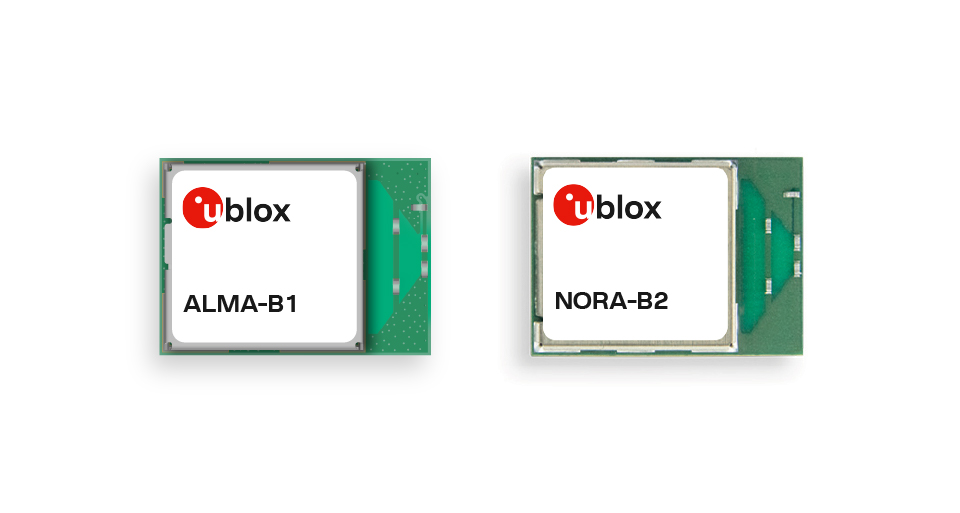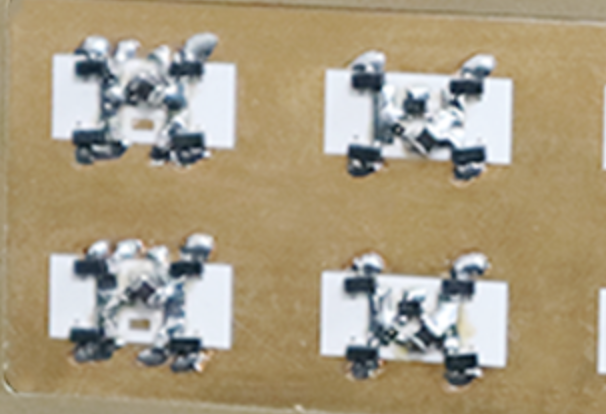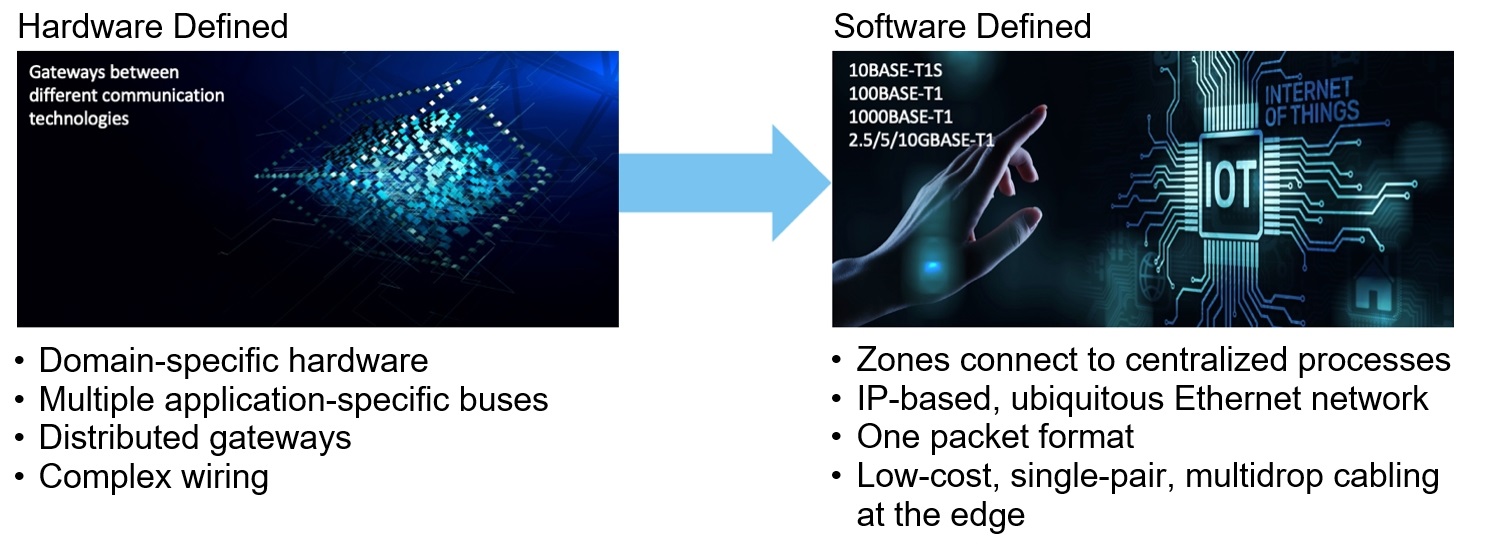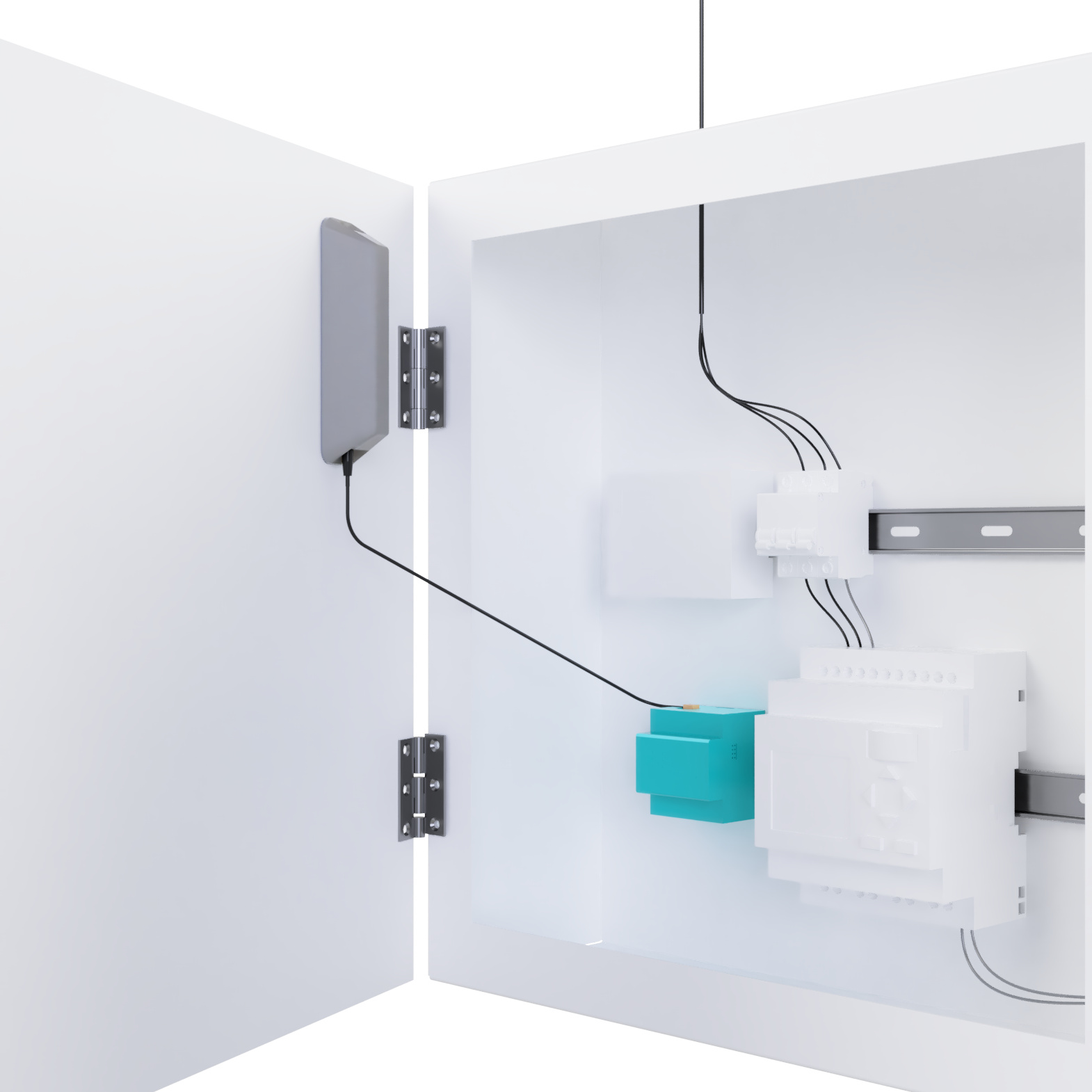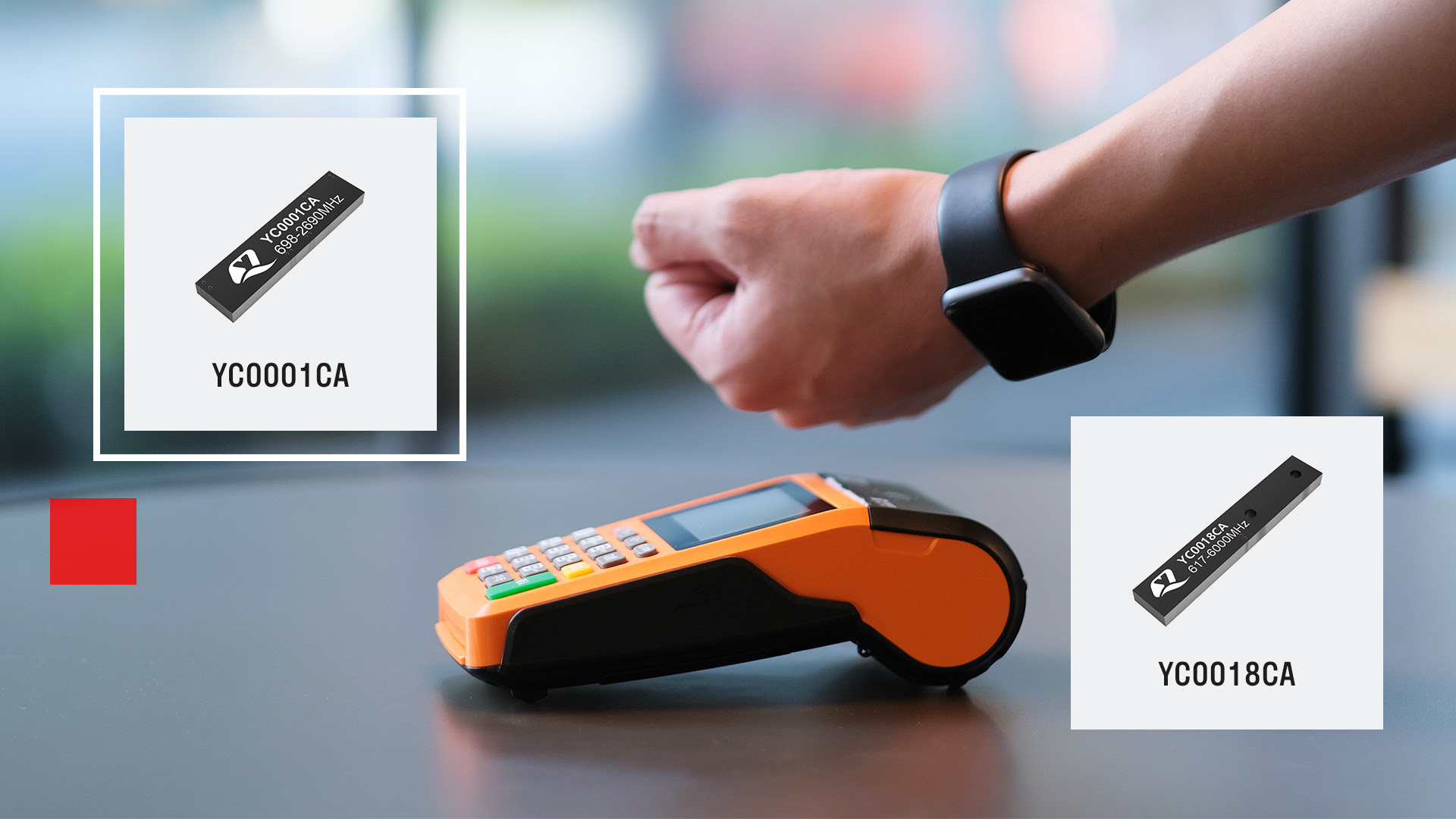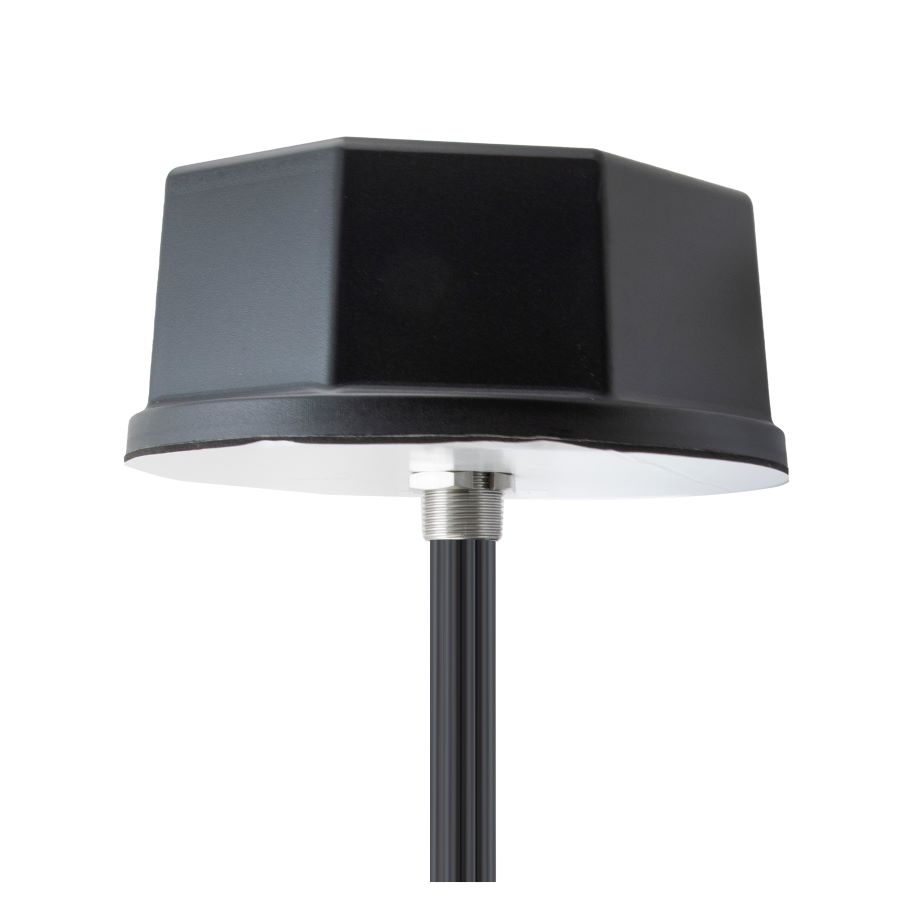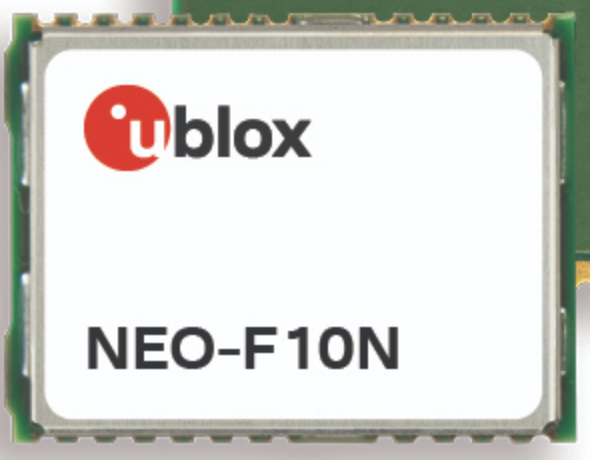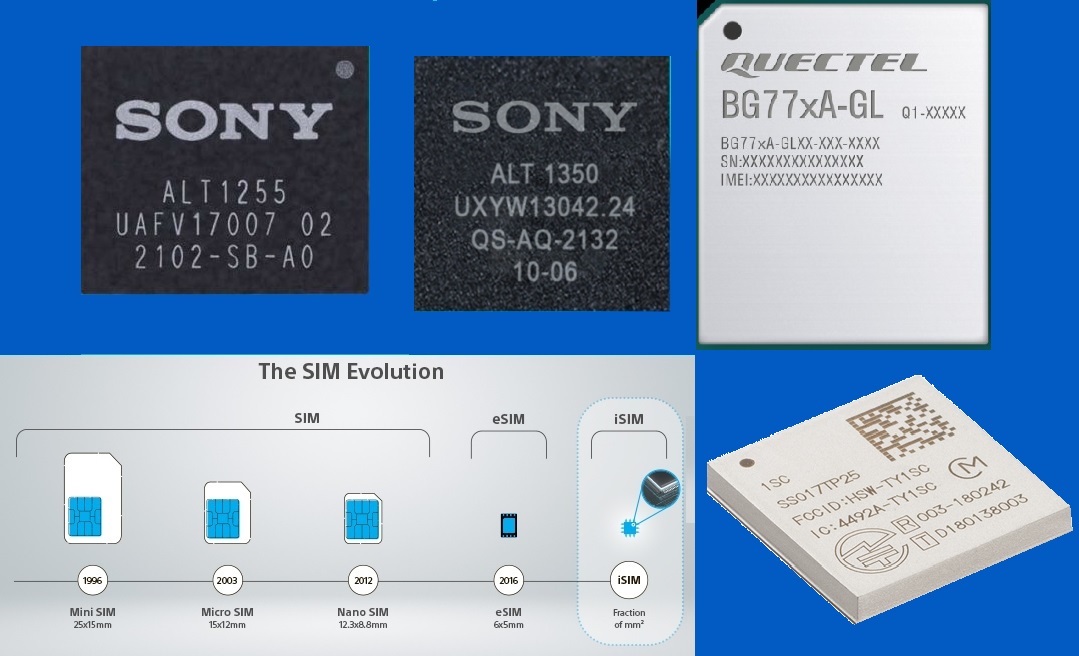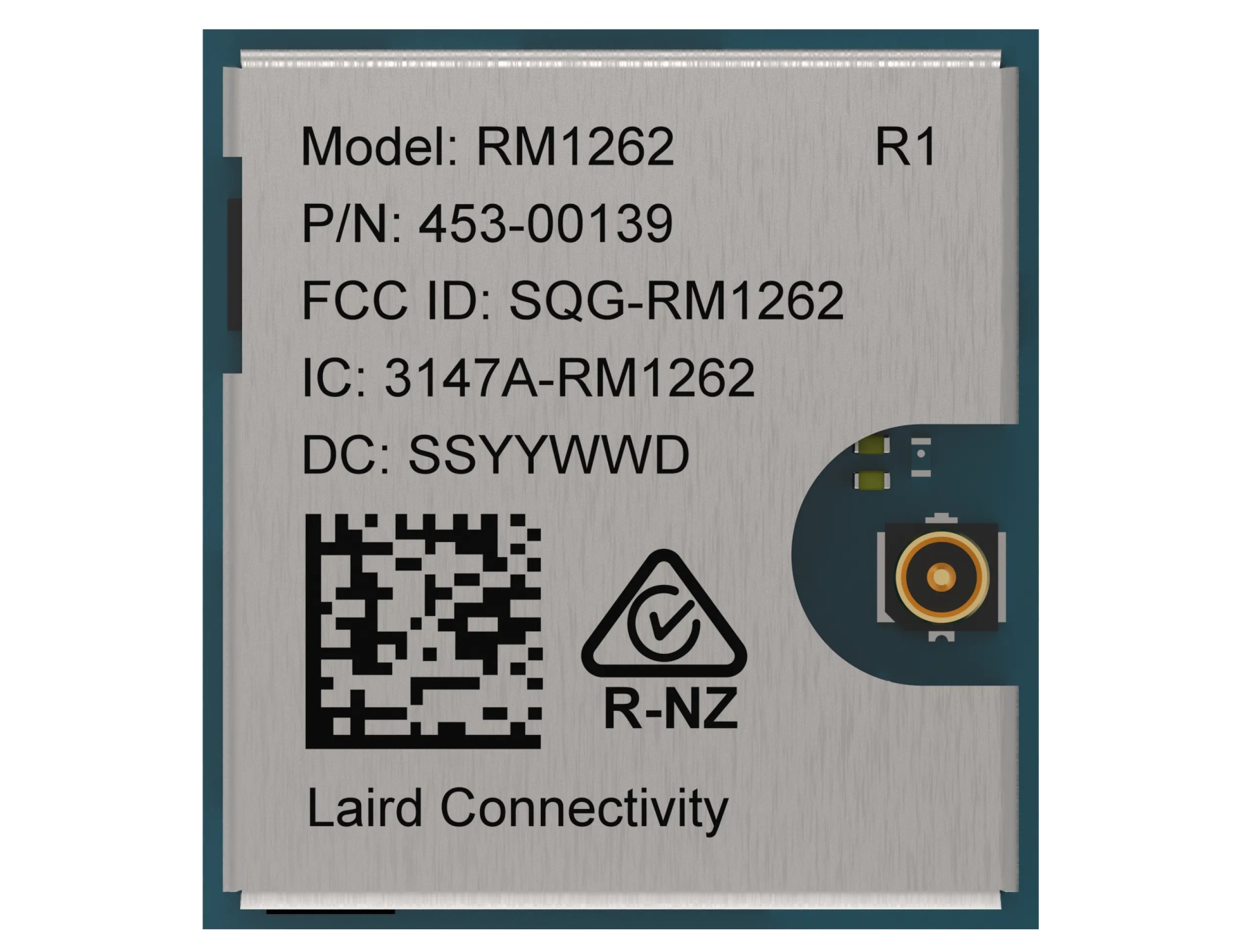u-blox has announced two additions to its Bluetooth LE portfolio, ALMA-B1 and NORA-B2. The modules are based on the latest generation nRF54 Series Systems-on-Chip (SoCs) from Nordic Semiconductor. They both support Bluetooth LE 5.4 and Thread/Matter technologies in a compact, power-efficient, and secure format. ALMA-B1 and NORA-B2 are designed for a wide range of IoT applications, including…
Antennas bring 5G, GNSS to IoT devices
Quectel Wireless Solutions has made further additions to its comprehensive range of antennas for IoT devices and deployments. The latest launches include the YEMN016AA and YEMN017AA 5G 5-in-1 combination antennas, the YECN001J1A and YECT000WBA external 5G antennas, and the YEGB000Q1A and YEGN000Q1A active GNSS L1 and L5 antennas. The YEMN016AA is a 5G and global navigation satellite systems (GNSS) 5-in-1 antenna measuring 204.4mm x 86.7mm x…
Researchers develop frequency-selective surfaces
The growing number of devices connected to wireless networks has highlighted the need for innovative solutions to ensure seamless connections. Now, researchers from Nagoya Institute of Technology have introduced a metasurface that can distinguish wireless signals based on both frequency and pulse width. This metasurface can be integrated into antennas to accommodate more devices within…
10BASE-T1S brings a single pair of wires to the network edge
The 802.3cg Ethernet standard uses a single pair of wires, and it manages data flow without switches, making it suitable for industrial networks at a lower cost than traditional Ethernet. Industrial plants have long used digital data to monitor and control their production facilities. Networks in factories, data centers, and commercial buildings push the edges…
Mulitband cellular antenna designed for IoT applications
The Antenna Company announced customer sampling and availability of its AC97002 multiband cellular antenna designed for ease of installation with indoor smart meter gateways and other IOT applications. The AC97002 antenna highlights the following benefits: Reliable radio coverage over frequency bands of 698-960 MHz and 1700-2690 MHz, with efficiencies up to 75% in sub-GHz bands;…
IoT antennas connect wireless devices to 4G and 5G networks
Quectel has unveiled six new antennas designed to provide robust connectivity performance for IoT devices. The new antennas cover a wide range of use cases from 5G to non-terrestrial networks (NTNs) bringing new capabilities to customers. The Quectel YC0001CA is a 4G surface-mount design (SMD) antenna optimized for LTE, LTE-M, and Narrow Band-IoT (NB-IoT) networks.…
IoT antennas connect devices to Wi-Fi, cellular, and GPS signals.
Fairview Microwave presents the IoT multiband combination antennas, setting a new industry standard for vehicle, fleet, and base station connectivity. Designed to serve the crux of reliable mobile networks, these antennas have elements that cover 4G, 5G, Wi-Fi, and GPS bands, all unified under a single radome. This advancement is particularly crucial for critical service…
GNSS module adds positioning to IoT devices
u-blox has announced the u-blox NEO-F10N, its latest positioning module. This module is based on the well-known u-blox NEO form factor and is equipped with u-blox F10 dual-band GNSS technology. It supports L1/L5 GNSS bands from multiple constellations (including NavIC) to provide solid meter-level position accuracy in urban areas. Its firmware is upgradeable and highly configurable to…
Partnership brings iSIM connectivity to IoT modules
Companies from semiconductors to software have partnered to ease the pain for cellular connectivity for IoT design engineers. Engineers designing IoT devices need to focus on the hardware and software for their device’s applications such as smart meters, logistics tracking devices, and so on. For many designers, connectivity is not their area of expertise. Soracom,…
LoRaWAN modules connect IoT devices to 15 km
The RM126x series from Laird Connectivity integrate a processor and radio that connect IoT devices for data transfer.

